Samsung Galaxy S7 edge vs Samsung Galaxy Note 5: first look
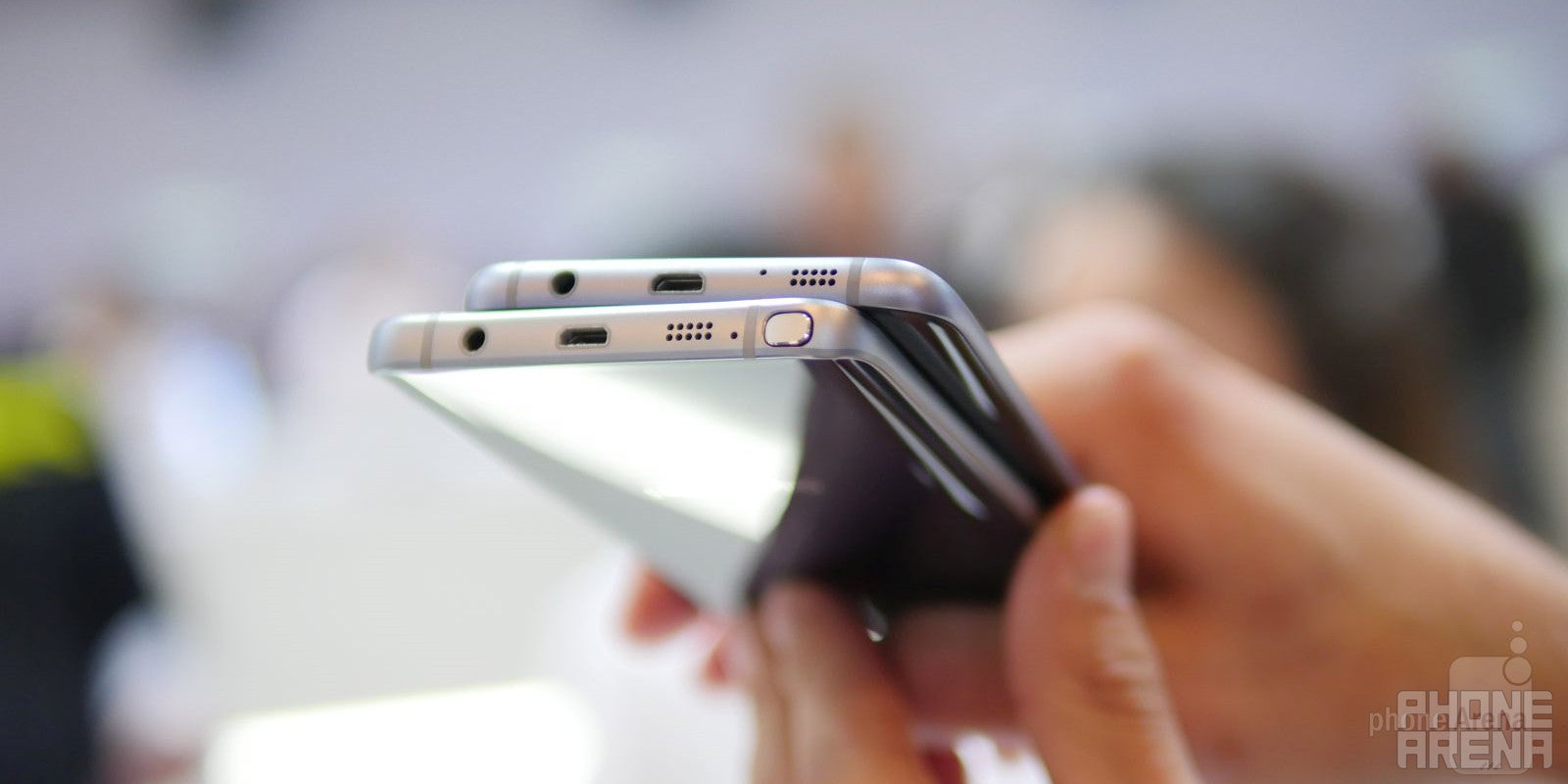
Introduction
Whereas the Galaxy S7 is the new race horse in Samsung's stable, the Galaxy S7 edge is a new breed of awesome. Tricked out with curved glass from all sides, a bigger screen and a larger battery, the S7's bigger brother is bound to turn more than a few heads. It could even steal some glances from the Galaxy Note 5, which has been on the market for six months and is still among the hottest large screen phones.
Although you can't go wrong with either, you'd be forgiven if you can't decide between the two, given they are large screen phones packing cutting edge technology. That's why we have a preliminary comparison ready for you, complete with our personal impressions and opinions on which one will make more sense for you.
Design
Both smartphones feel solid and absolutely premium, but the S7 edge is more reasonably sized.
Being the iterative upgrade that it is, the Galaxy S7 edge doesn't look much different than its predecessor, but the iterative changes help to move the design forward. Samsung actually took a design decision from the Note 5, transplanting its curved glass back on the S7 edge to make it feel better in the hand. Additionally, the smartphone is very reasonably sized for a big screen handset, making the Note 5 feel rather massive next to it. Still, we can easily say that both smartphones feel solid and absolutely premium. Both have elegant metal bezel trims and are covered in scratch-resistant glass.
Display
Samsung's latest AMOLED displays are the best the industry has to offer, and the Note 5 offers a little more.
Samsung's latest AMOLED displays are the best the industry has to offer, and neither the Galaxy S7 edge, nor the Note 5 are exceptions to the rule. Both are very sharp with their Quad-HD resolution (1440 x 2560), and size-wise, the one on the GS7 edge is 5.5 inches, while that on the Note 5 is 5.7 inches by diagonal. The S7 edge's display has a notable feature to differentiate it from the Note 5, and that's the Always On display.
When it's in your hands, the S7 edge constantly keeps some of its ights on in order to show you important info, such as the time, notifications, and appointments. The best part is that this is supposed to help with battery life, as users turn on their screens up to 200 times a day just to check the time. The Note 5's display can't pull off such tricks, but it is bigger than the S7 edge's, and has the ability to receive input from Samsung's pressure-sensitive stylus.
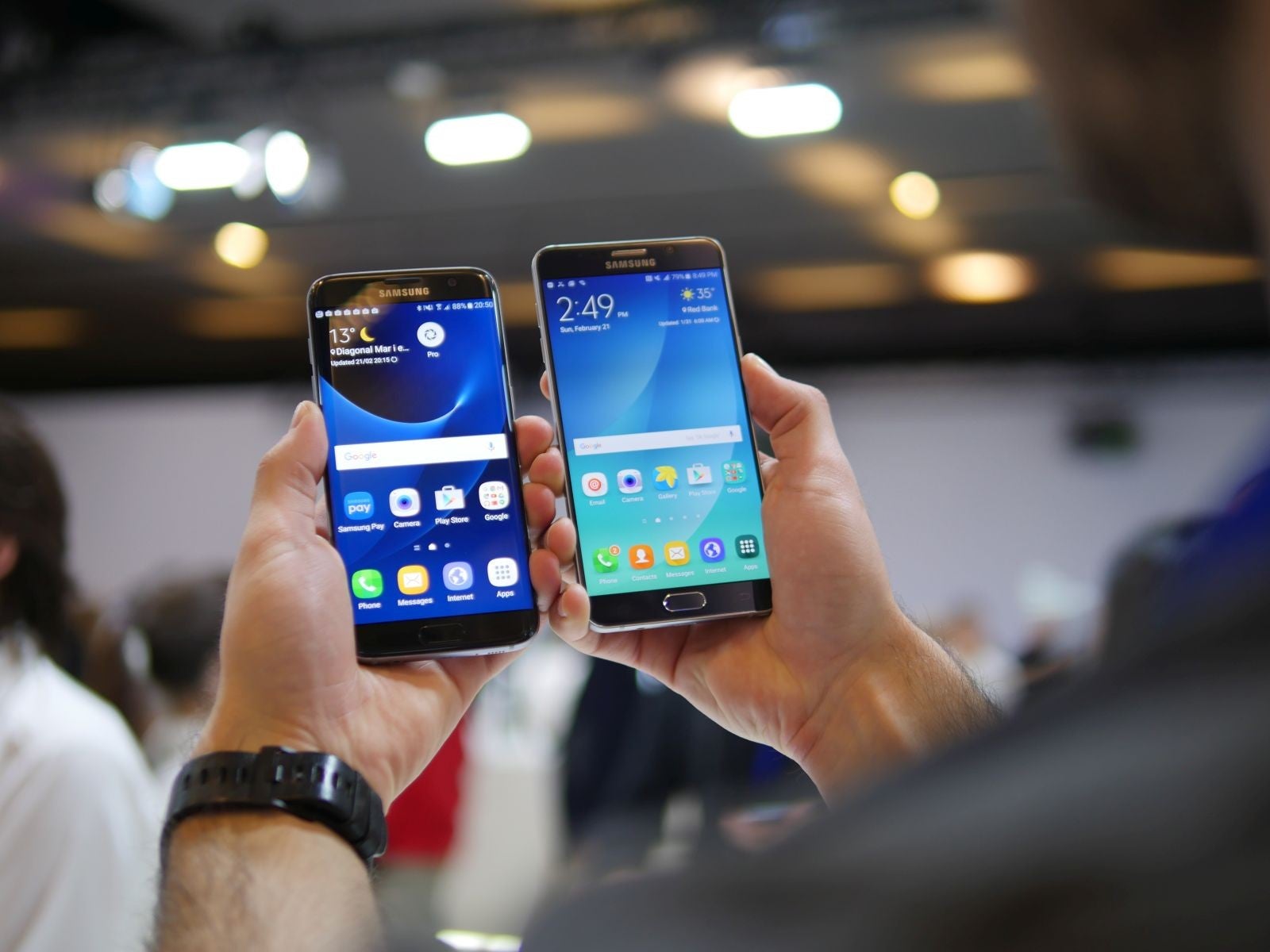
Interface
Although the core user experience is essentially the same, the Note 5 is better suited to multitasking.
Still, the S7 edge is able to hold its own in terms of productivty, as Samsung hasn't stripped side-by-side multitasking off its Android build. It also comes with its own special edge UX. The edge panel houses various shortcuts and offers the macro feature, which lets you automate functions such as opening the camera and then switching to the front-facing camera to snap a selfie. The edge panel might be novel to some, but it’s there for the convenience of users who actually use it.
Hardware
The Galaxy S7 edge is graced by the latest achievements in mobile computing, while the Note 5 uses Samsung's best technology from last year.
Although both smartphones are very capable handheld computers, the Galaxy S7 edge is a more recent device graced by the latest achievements in mobile computing, while the Note 5 uses Samsung's best technology from last year. In America, the GS7 edge is powered by the Qualcomm Snapdragon 820 processor, which boasts four custom 64-bit CPU cores, a powerful Adreno 530 GPU, and LPDDR4 RAM.
Raw percentages aside, both devices are powerful enough to handle whatever you throw at them, and have power-efficient chips and displays that let them make the most of their capacitious battery cells. They also provide very good battery life. The Note 5 lasted 9 hours and 11 minutes of constant simulated on-screen use, and chances are the Galaxy S7 edge will beat its record, thanks to its newer chip and significantly bigger 3600mAh cell.
Of note to mobile gamers, which are probably eyeing Samsung's handsets for their beautiful displays and sheer horsepower is that the Galaxy S7 edge supports the Vulkan advanced graphics API, which lets game developers tap into the raw potential of the device's hardware for visceral effects and faster performance. Speaking of games, the new Game Lounge app on the GS7 edge unlocks some cool options for gamers, such as gameplay footage recording, easy notifications dismissing while gaming, and additional performance optimization.
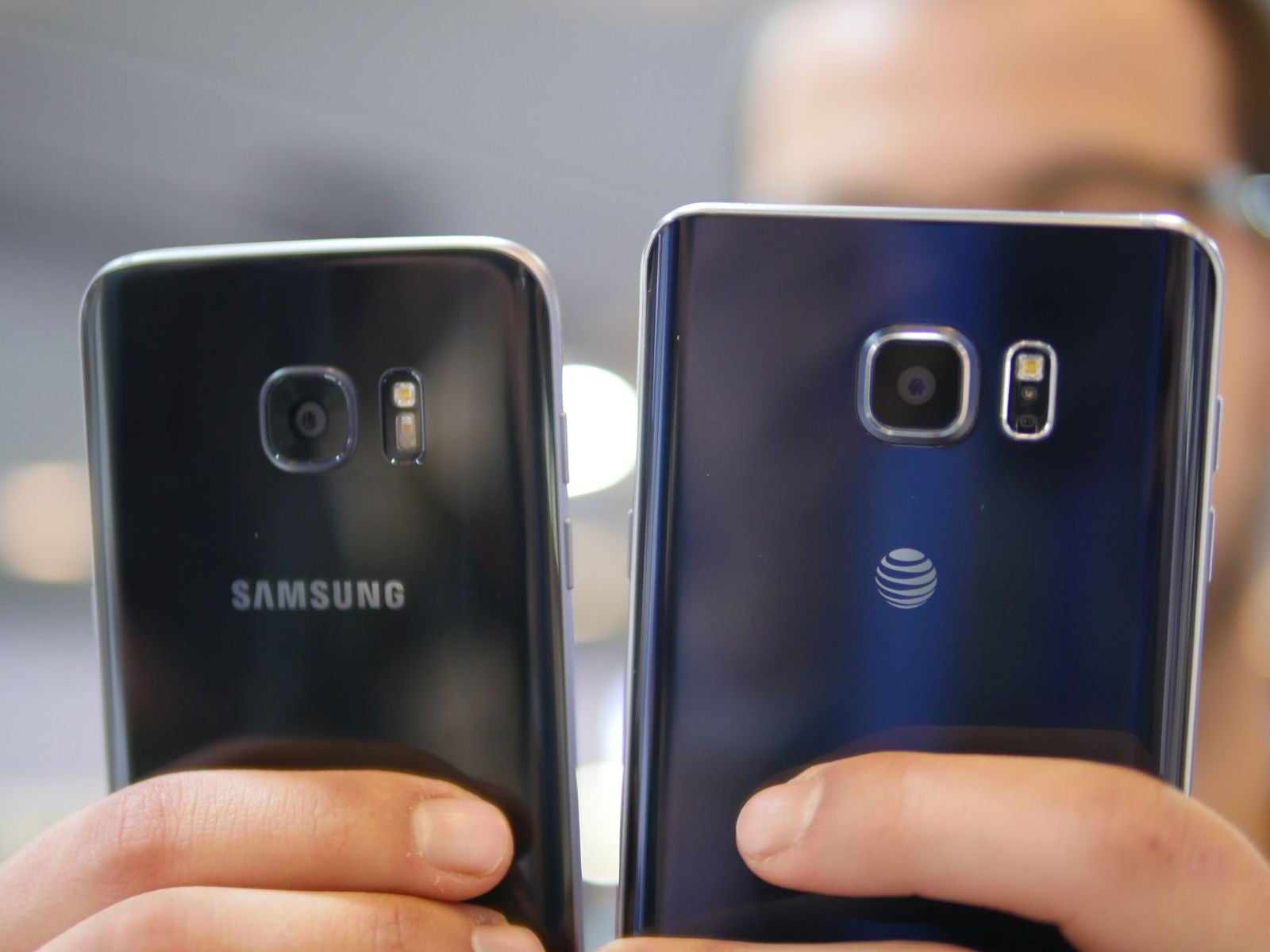
Camera
The Note 5 already takes excellent photos, but the Galaxy S7 edge promises improved sharpness and illumination.
Samsung has always insisted on strong, capable cameras for its flagship smartphones. Last year, the Note 5 presented a strong foundation to improve upon with its 16-megapixel rear camera. Its sensor is 1/2.6"-big, with 1.1 micron-sized pixels, and the setup is complete with an LED flash and f/1.9 aperture lens. While this setup is still capable of taking some of the best photos around, it still offers room for improvement, which Samsung took advantage of for the Galaxy S7 edge. The new smartphone rocks a 12MP rear camera, which may be smaller in resolution, but makes up for that with 1.4 micron pixels, bigger than those of the Note5's sensor. This lets them soak in more light, up to 56%, according to Samsung's estimates.
Moreover, the camera is equipped with dual photodiode technology for quicker auto-focus. Instead of each pixel site comprising a single photodiode for image capture, the Dual Pixel CMOS sensor allocates two photodiodes for every single pixel site. This makes focus quicker and more accurate, both for photos and video recording. Speaking of videos, both handsets play and record footage in resolutions up to 4K without a hitch.
Expectations
Both devices are beautiful, excessively powerful showcases of the best mobile technology Samsung could ship at the time of their release
At first glance, choosing between the Galaxy S7 edge and the Note 5 is a matter of determining a few simple things. Thus, we expect users seeking enhanced productivity to get the Note 5 for its S-Pen and bigger display. It's barely six months old, and it's still a smoking hot piece of recent phablet history! If you want expandable storage and look forward to playing Vulkan-enhanced games, though, pick up the S7 edge. The latter also has an improved camera that promises sharper and better illuminated photos, regardless of the shooting conditions. We can't claim this for certain until we have compared camera samples of the two smartphones, but looking at the S7 edge's camera on paper, the smartphone clearly has what it takes to pull off better photos than the Note 5's already great cameras.
Otherwise, both devices are beautiful, excessively powerful showcases of the best mobile technology Samsung could ship at the time of their release. Like we said early in the beginning, you can't go wrong with either!
Otherwise, both devices are beautiful, excessively powerful showcases of the best mobile technology Samsung could ship at the time of their release. Like we said early in the beginning, you can't go wrong with either!







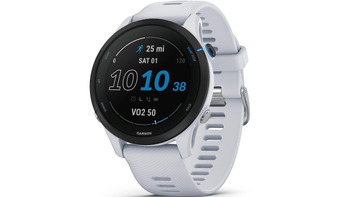
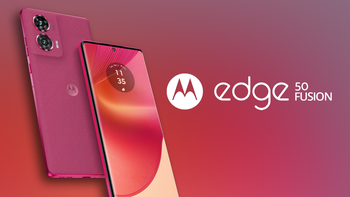
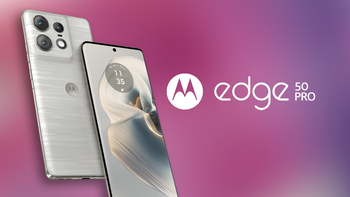
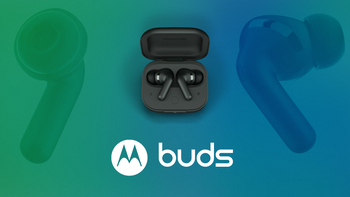
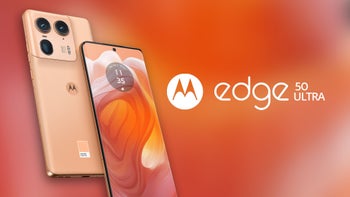

Things that are NOT allowed: